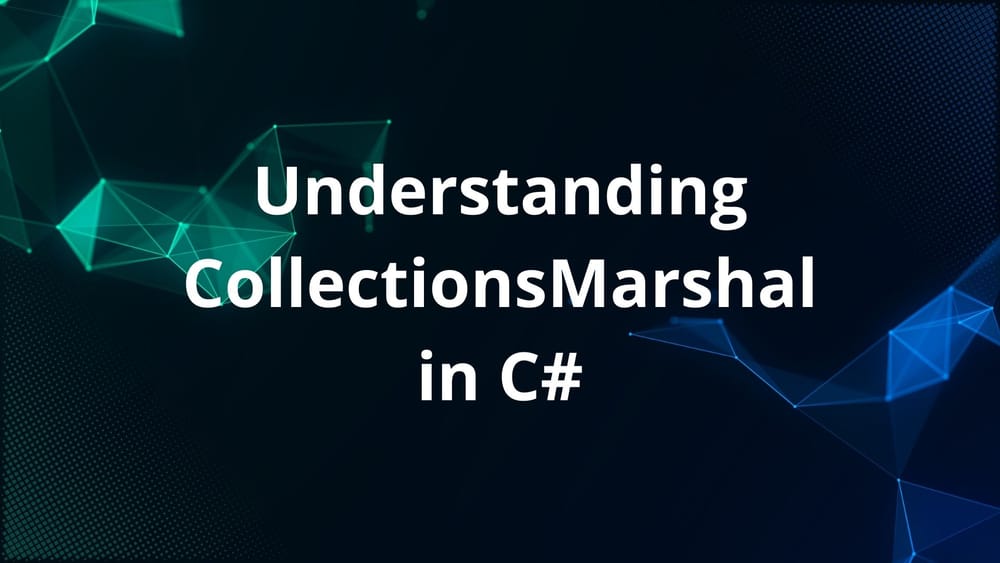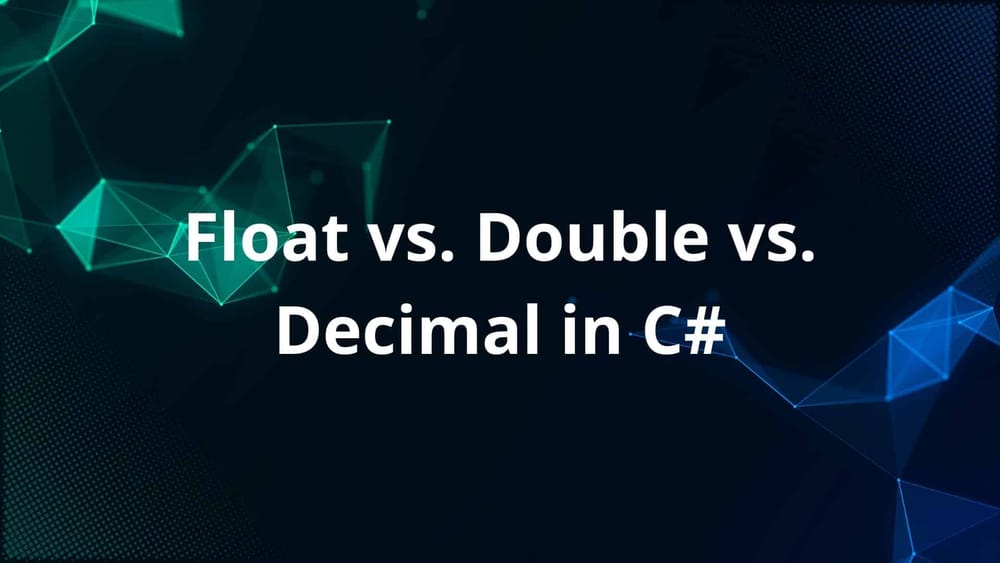The Null Coalescing Operator (??) in C sharp is used to check for null values. It is a binary operator. If the value is null, the null coalescing operator returns the left operand and otherwise, it returns the right operand.
Here's an example.
int? i = null;
var res = i ?? 100;
// Displays 100
Console.WriteLine(res); Using Null Coalescing Operator
With the null coalescing operator we can avoid the use of if-else statements to set a default value if a variable is null.
Example with if-else:
string name = null;
var res = string.Empty;
// Using If Else
if (name is null)
res = "John Doe";
else
res = name;Example with ternary operator:
string name = null;
var res = string.Empty;
res = name is null ? "John Doe" : name;Example with Null coalescing operator:
string name = null;
var res = string.Empty;
res = name ?? "John Doe";Using with value types
The left operand of the null coalescing operator should be either a nullable type or a reference type. We cannot use a value type as the left operand.
// The left operand (i) should not be a value type
int i = 10;
var res = i ?? 100; // Error
Console.WriteLine(res);Using the null coalescing operator makes the code much more readable and easy to understand.
Subscribe
Join the newsletter to get the latest updates.



